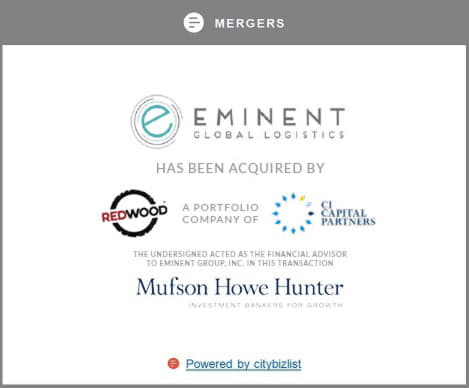Summary
- PNC posted a big beat on core EPS and reported pre-provision profits, but macro concerns (COVID-19 case numbers, stimulus talks, et al) are taking precedence in the market right now.
- Credit quality has remained surprisingly good, with a small reserve release, low charge-offs, healthy bad debt coverage, and encouraging trends in earlier-stage delinquencies.
- The company's near-term growth potential is lackluster, but it has been pursuing an organic growth strategy that will create long-term value, and M&A optionality remains significant.
- PNC shares look undervalued below a range of $120-130.
If you look at how PNC Financial (PNC) shares have traded this year, you might think it was “just another bank”. Given that the management team has shown itself to be a good steward of shareholder capital, I don’t believe that’s fair.
Clearly, the macro environment matters; rates are going to be low for a while, and the market is clearly worried about a “second wave” of COVID-19 shutdowns, uncertainty over further stimulus, and turmoil around the election. Still, for patient investors with a longer-term horizon, I think PNC offers decent return potential.
A Better-Than-Expected Quarter, But How Much Better Is Hard To Quantify
PNC posted a strong beat relative to sell-side expectations with core EPS of $3.27 versus a sell-side average estimate of $2.13; for my part, I exclude securities gains/losses and hedging from “core”. Regular readers know I’m a fan of looking at pre-provision profits as well, but it’s harder to quantify the outperformance this time, as a substantial and unspecified private equity valuation adjustment contributed to the results. As reported, PNC had a 15% pre-provision earnings beat, though I think the real figure may be closer to 6%-7% and I can’t rule out that the actual underlying result was more or less “in line”.
Revenue was flat from the prior year and up 5% sequentially, good for 5% beat versus the sell-side. Net interest income was down 1% yoy and 2% qoq, basically in line with expectations, as a weaker net interest margin (down 13bp qoq, missing by 9bp) was offset by a larger balance sheet (average earning assets up 3% qoq). Non-interest income was up 2% yoy and 18% qoq as reported, though excluding the “other” category moves that to a down 4% / up 6% result.
Operating income was down 4% yoy and up 1% qoq. While the absolute reported expense number matched expectations, the efficiency ratio was more than three points better than expected, helped by that unexpected boost to fee income. Pre-provision profits, as reported, rose 6% yoy and 14% qoq, but likely flat to up modestly after correcting for those private equity adjustments.
Tangible book value per share rose 16% yoy and 2% qoq, while the CET 1 ratio grew to 11.3%.
Loan Growth Remains Weak, While Credit Is Looking Better
PNC reported a 3.5% qoq decline in end-of-period loans and a nearly 6% qoq decline in average loans, performing worse than the average large bank (the average was a 2.5% qoq decline in average balances). Commercial lending held up a little better than average, with a 6% qoq decline in C&I loans (ex-PPP), and slight growth in commercial real estate lending. Consumer lending was weaker, though, with a 2% qoq decline driver largely by lower consumer lending across autos, cards, student loans, and home equity (for PNC, home equity lending is a larger contributor than mortgage lending).
Spreads remain weak but appear to be stabilizing, as loan yields declined 5bp qoq, and just 1bp ex-PPP, while interest-bearing deposit costs declined 11bp qoq. PNC continues to see strong deposit inflow, with total deposits up about 2.5% qoq and non-interest-bearing deposits up 8%.









